The Wildlife Photographer of the Year is an annual photography competition held by the Natural history Museum, and this year attracted nearly 50,000 entries from 95 countries.
You can see a selection of 100 of the most exceptional photos from the competition at an exhibition from Friday 21 October at the NHM until September 2017, before they embark on a tour across six continents. Find out how to book ticketshere.
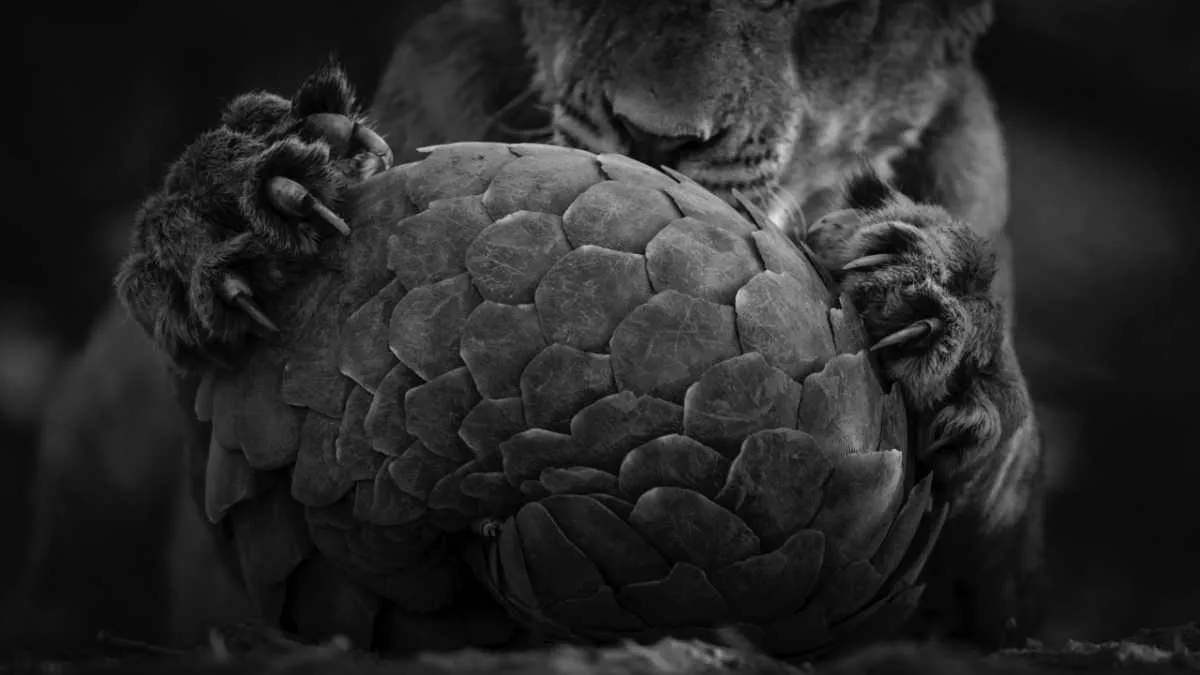
Playing pangolin
Pangolins are hardy creatures thatare able to roll themselves into an impenetrable ball covered with armour-like scales of fused hair, meaning they can usually withstand attacks from big cats,but in this situation the Temminck’s ground pangolin was not so lucky. Despite surviving a 14-hourordeal without injury at the hands of a pride of lions inSouth Africa’s Tswalu Kalahari Private GameReserve, it died soon after, most likely from stress and being out in the heat all day.
Canon EOS 5DS R + 500mm f4 lens; 1/1600 sec at f4; ISO 1600.
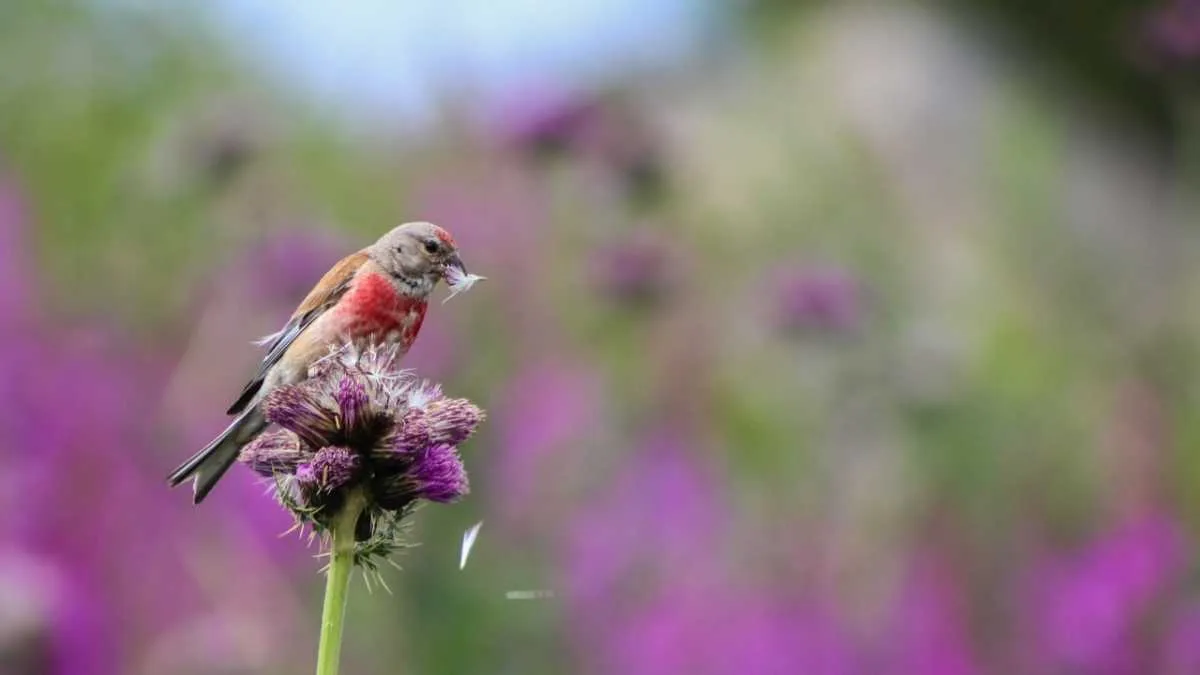
Thistle-plucker
It took Isaac Aylward 20 minutes to chase this flying linnet down the slopes ofBulgaria’s Rila Mountains before he could capture this perfect shot of it plucking seeds from thistle flowers.
Canon EOS 1200D + 75–300mm f5.6 lens; 1/640 sec at f5.6; ISO 400.
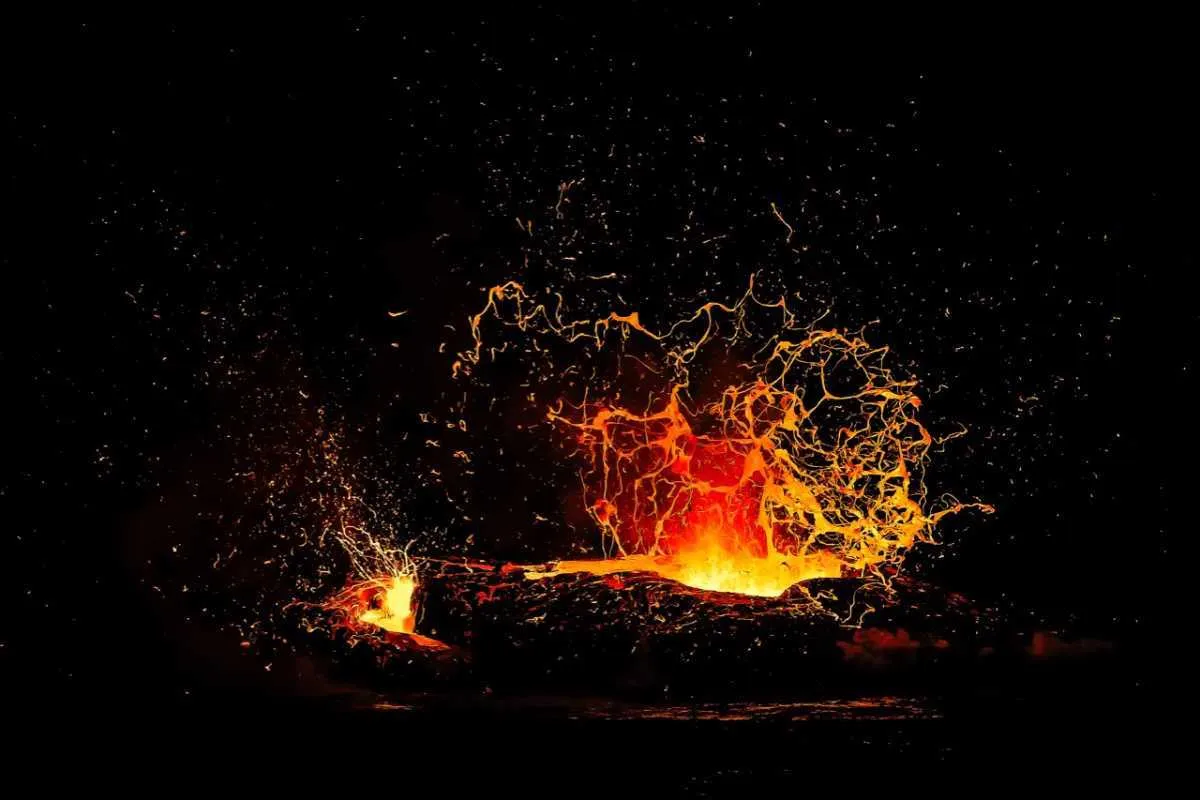
Blast furnace
Lava has been spewing fromKilauea on Hawaii’s Big Island since 1983, and is one of the world's most active volcanoes. When the 1,000˚Clava hits the water below, it steams up and creates salty, acidic mist or rain. This is what Alexandre Hec had to contend with while taking this photo on a boat 100m away.
Nikon D300 + 70–200mm f2.8 lens at 70mm; 1/350 sec at f4; ISO 800.
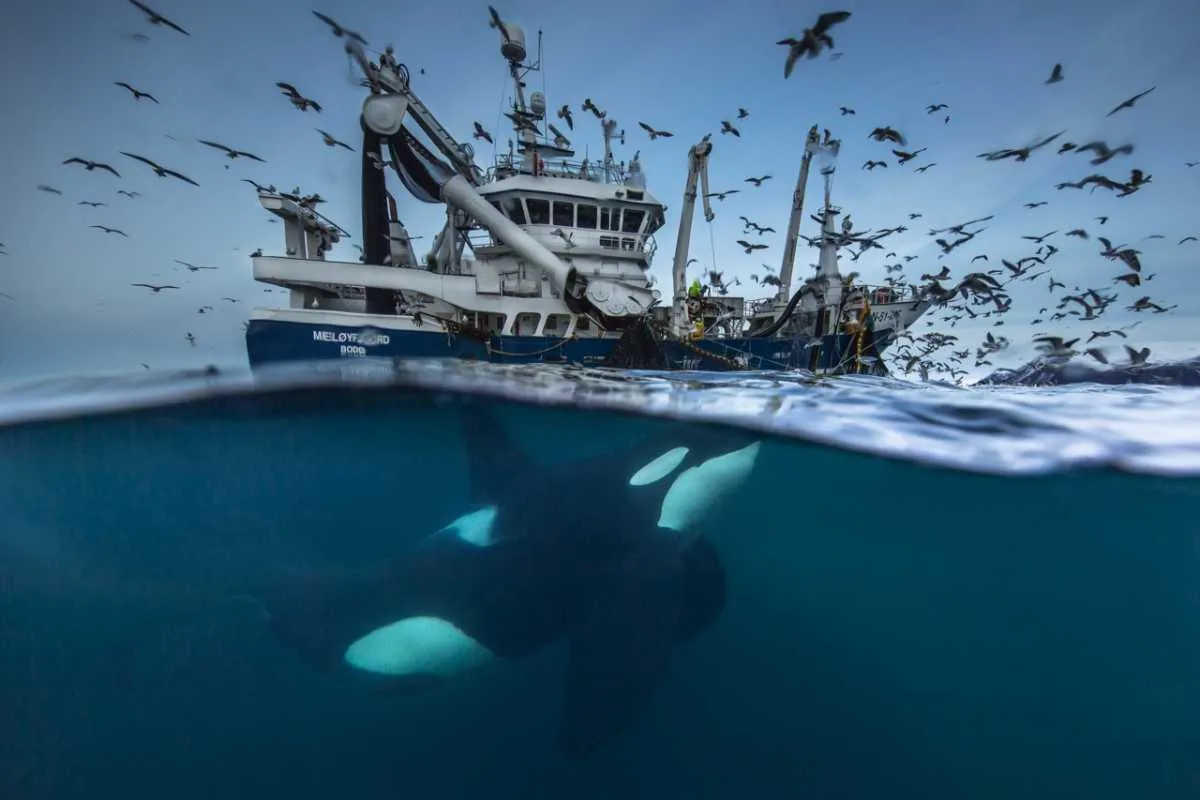
Splitting the catch
It takes guts to snorkel this close to a killer whale catching fish that have escaped the net of a Norwegian fishing vessel, but Audun Rikardsen knew it was the only way to capture this impressive split-level photo. Using his own customised casing,Rikardsen has been documenting the relationship between humans and wildlife, especially between whales and fishermen.
Canon EOS 5D Mark III + 11– 24mm f4 lens at 11mm + 1.2 Lee filter; 1/200 sec at f6.3; ISO 640; custom-made housing.

Golden relic
Gee’s golden langurs are an endangered species, with only 2,500 mature adults left in the wild, but within moments of stepping off the boat at the site of a temple dedicated to the Hindu god Shiva, photographer Dhyey Shah spotted one of the six remaining on the island in northeast India'sBrahmaputra River and managed to capture this photo.
Canon EOS 500D + 55–250mm f5.6 lens; 1/250 sec at f5.6; ISO 1250.
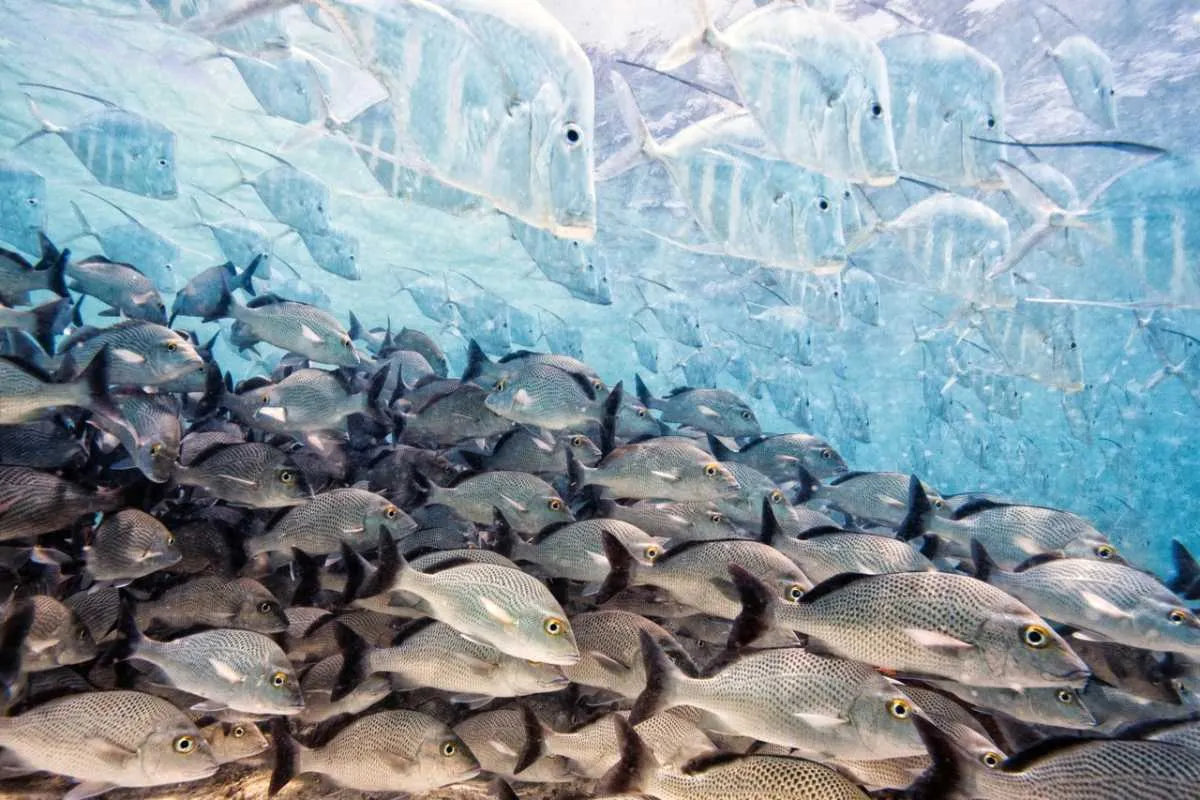
The disappearing fish
Thelookdown fishat the top of this beautiful image by Iago Leonardo arecleverly camouflaged from predators using special platelets in the skin that reflect polarised light, making it appear invisible. The contrast between them and the grey grunt below is staggering.
Canon EOS 5D + 20mm f2.8 lens; 1/320 sec at f11; ISO 400; Ikelite housing.

Swarming under the stars
Creating this captivating shot of mayflies swarmingon Hungary’s River Rába was a dream of ImrePotyó, who had a small window of opportunity between the end of July and the beginning of August to watch them. The mayfliesemerged from the tributary of the Danube, transformed from larvae, before they mating, flying upstream to lay theireggs and eventually dyingfrom exhaustion.
Nikon D90 + Sigma 17–70mm f2.8–4.5 lens at 17mm; double exposure 1.3 sec at f14 and 30 sec at f3.2; ISO 800; in‑camera flash; flashlight; Manfrotto tripod + Uniqball head.

Crystal precision
Mario Cea had to position his camera carefully and precisely time the flash to take this beautiful image of acommon pipistrelle batbursting through the window of a derelict house in Salamanca, in its hunt for a nightly feed of 3,000 insects.
Canon EOS 7D + 100–400mm f4.5–5.6 lens at 160mm; 1/250 sec at f9; ISO 200; Godox V860 flashes; Pixel King Pro remote release; Benro Travel Flat tripod + Benro V3E ballhead.

Nosy neighbour
Sometimes it's knowing where to be at the right time that counts when you want to capture the perfect wildlife shot, which is why Sam Hobson scouted around Bristol to find the perfect family of urban foxes and studying their habit and mannerisms before setting up the shot. When he finally did, he was able to capture this endearing shot of a young fox surveying the scene from a wall before hopping over.
Nikon D800 + 17–35mm f2.8 lens at 17mm; 1/6 sec at f4.5; ISO 800; Nikon SB-700 + SB-800 flashes; PocketWizard Plus III remote release; Manfrotto tripod.
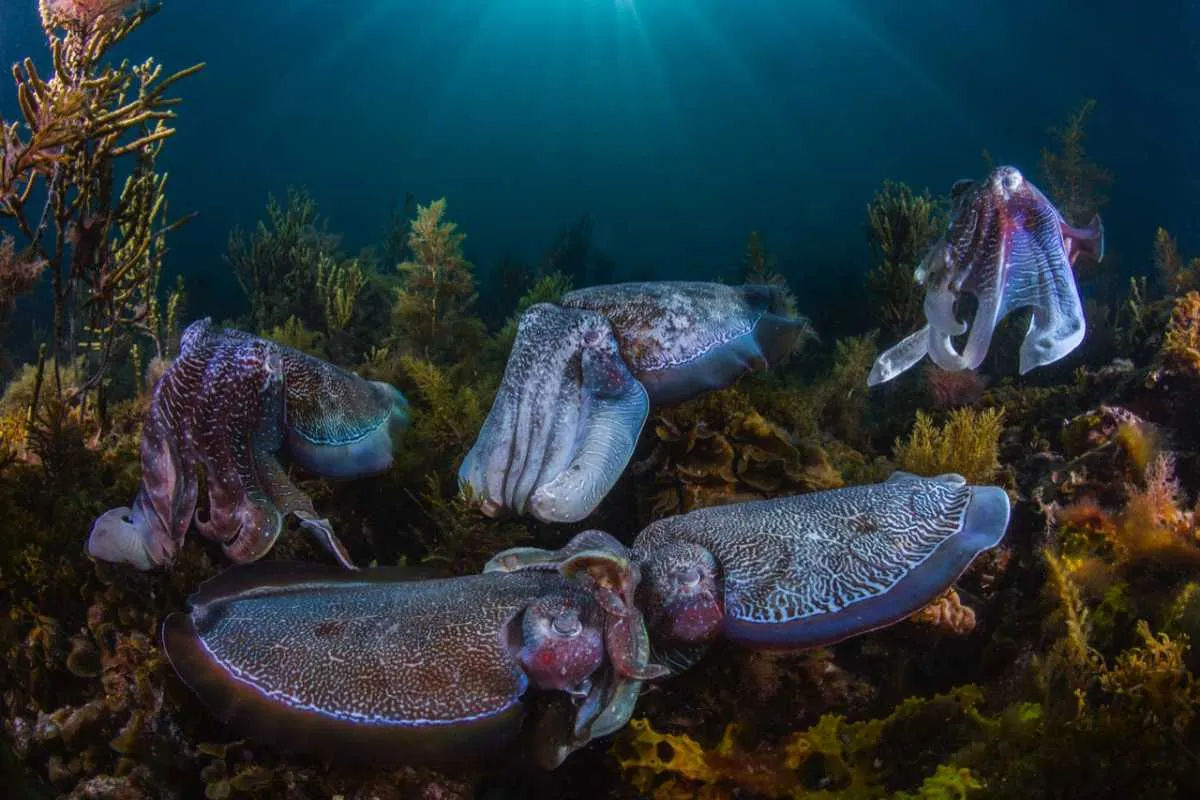
Collective courtship
Cuttlefish courtship involves mesmerising displays of changing skin colour, texture and pattern from the males in attempt to entice the females, who are outnumbered eleven to one, into mating. There were thousands of giant cuttlefish, up to a metre long, in theshallow waters of South Australia’s Upper Spencer Gulf for this spawning event, all too preoccupied to notice underwater photographer Scott Portelli take this shot.
Canon EOS 5D Mark III + 15mm f2.8 lens; 1/200 sec at f18; ISO 320; Seacam housing; two Ikelite DS161 strobes.

Termite tossing
South African WillemKruger spent 40 minutes waiting in the40°C-heat of the Kgalagadi Transfrontier Parkto capture this shot of a southern African hornbill tossing a termite into its mouth for dinner.
Nikon D3S + 600mm f4 lens; 1/5000 at f4; ISO 800; Kirk WM-2 window mount + Benro GH-2 Gimbal tripod head.
Follow Science Focus onTwitter,Facebook, Instagramand Flipboard